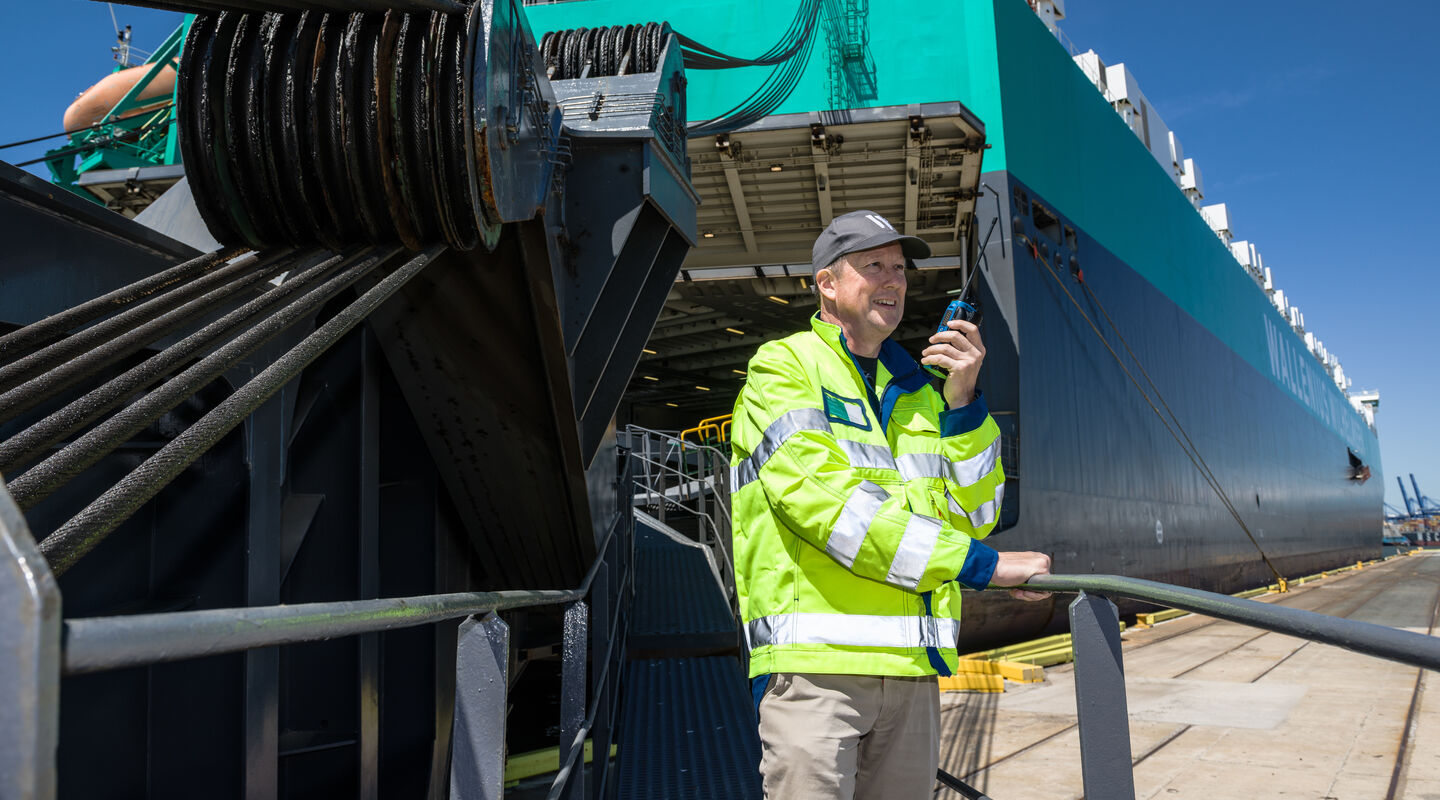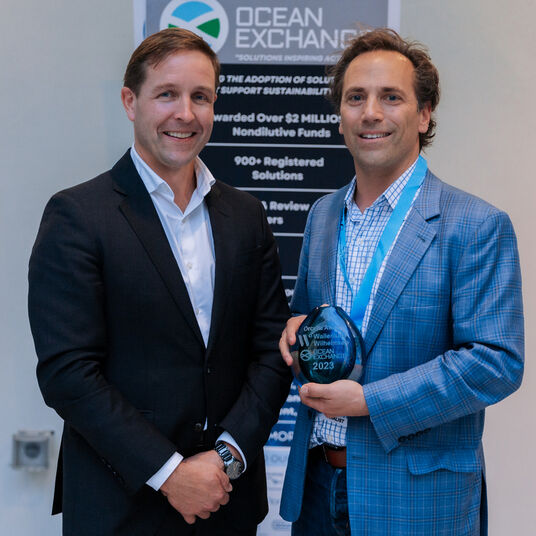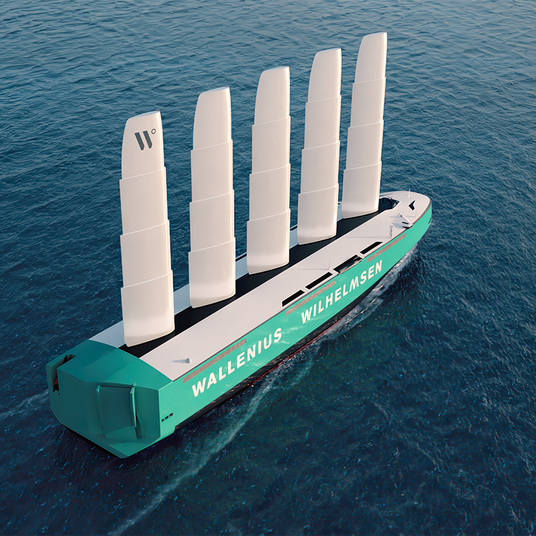#2020Ready: Well prepared for new regulations
Under new global regulations, from 1 January 2020 sulphur emissions from ships cannot exceed 0.50% - a significant reduction from todays 3.50%. Ahead of this radical shake-up for the industry, we sat down with safety, quality and security specialist Captain Filip Svensson and bunker manager Kari Haugen to find out how Wallenius Wilhelmsen got #2020Ready.

Let’s start with the big question: how much of a change is Sulphur 2020 for the maritime industry?
Kari: It is a huge shift. It’s comparable to changing from coal to oil-powered ships. Three million barrels a day of high sulphur fuel – or approximately 450,000 tonnes – has to be shifted to low sulphur – the biggest single change in the history of the market.
Is Sulphur 2020 likely to mean any disruption for our customers?
Filip: No. We don’t expect any disruption. We will continue to run services from all ports as normal. We may bunker fuel at different ports, but that will not affect our customers.
How long has Wallenius Wilhelmsen been preparing for Sulphur 2020?
Kari: We have been preparing in earnest since summer 2018, when we initiated our IMO Fleet 2020 Preparation Project. But we’ve been anticipating Sulphur 2020 for some years. This change has been on the cards for a long time.
Filip: We were looking at this issue early on compared to some of our suppliers and competitors. In fact, we have been working with our 4 Stream approach to finding the best compliance solutions since 2012. We have a thorough plan for the switch-over which has been in operation for some time. Each vessel has been analysed and has its own implementation plan.
Kari: Wallenius Wilhelmsen has sustainability as a core part of our strategy. We have worked closely with oil companies when they were developing alternative fuels, and were among the first to test them. So we had a head-start.
What have preparations for the new regulations involved?
Filip: The most important preparation has been that we have tested several different products with 0.5% sulphur content to gain operational experience. We’ve found introducing the new fuel isn’t as hard as some people might have imagined. The tests took place on ships of different sizes, with different ship managers, so that we gained experience across the fleet.
Kari: One of the most important things to remember is that vessel tanks must be cleaned properly before receiving a lower sulphur content fuel to remove residue. Not doing so risks non-compliance with Sulphur 2020. We have used a method called sloshing, cleaning out tanks with Low Sulphur Gas Oil so that they are ready to receive VLSFO.
Filip: Crew awareness and training is important when it comes to handling low sulphur fuels. Some fuels will require heating. We have already seen quite different specifications of low sulphur fuel from the same supplier, at the same port, and within the same timeframe: the characteristics of the fuel change so it’s important the crew is trained.
Are there any other important steps in getting #2020Ready?
Filip: Another factor in terms of preparations is that we want to avoid having to debunker high sulphur fuel oil next year, which is expensive and time-consuming. So we are ensuring all of our vessels have consumed all their high sulphur fuel oil by the end of December.
What do you expect to happen to the price of very low sulphur fuel oil next year?
Kari: There is no use speculating. Currently very low sulphur fuel oil is being priced against the gas oil index. The market is volatile and there are variations between regions and rebates, but we expect the market to settle down next year.
Is there any danger of running out of very low sulphur fuel oil?
Kari: We have secured contracts for approximately 75% of our low sulphur fuel requirements with two major oil companies to ensure supply – the balance will be covered in the spot market. There are some regions and ports where low sulphur fuel oil isn’t readily available, but we expect to have access to LSFO, HSFO, LSMGO in our main ports.
Filip: If vessel owners are operating in an area of the world where they can’t get 0.5% sulphur content fuel oil, they will be able to get gas oil with a 0.1% sulphur content instead to ensure timely operations – although it may be more expensive.
What role are scrubbers set to play for you in meeting the Sulphur 2020 regulations?
Filip: We have five vessels using scrubbers: four of these vessels were delivered as new builds with scrubbers, and the fifth vessel was retrofitted. Installing and running scrubbers is a big and costly job, but they offer us maximum flexibility – meaning we can trade in and out of all regulated zones. Twenty more ships in the fleet will eventually employ scrubbers.
Finally, do you expect the Sulphur 2020 regulations to be enforced effectively?
Kari: I wish I could say firmly, ‘yes’. Authorities have made the right noises about enforcement, but some may struggle with the cost and manpower needed to ensure compliance. Wallenius Wilhelmsen’s wish is for strong enforcement: we want a level playing field and will continue to work with the Trident Alliance to make it happen.


